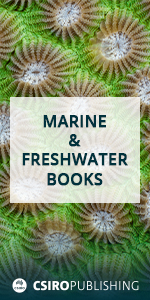WR12115Importance of getting the numbers right: quantifying the rapid and substantial decline of an abundant marsupial, Bettongia penicillata

A reliable measure of population size is fundamental to ecology and conservation but is often difficult to obtain. A revision of population estimates for the woylie or brush-tailed bettong, a small macropod, using a more objective and rigorous approach, reveals that the species recently declined by around 90% and 180 000 individuals in 7 years, making it eligible for Critically Endangered. The application of a decline diagnosis framework to identify the causes is relevant to the woylie and other declining species and emphasises the importance of adequate long-term monitoring, even of abundant and seemingly secure species. Photograph by Sabrina Trocini.












